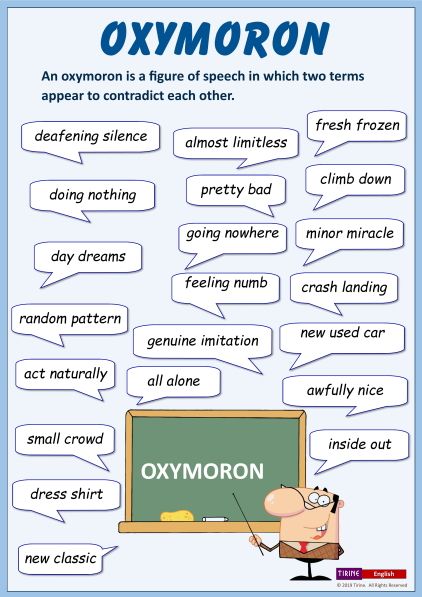15 Apps and Websites For Teaching Math Online
1. Khan Academy
Khan Academy is a completely free personalized learning resource with online courses, videos, and exercises. Students can complete daily reviews and keep track of their progress within the platform’s learning dashboard. The math tutorials are categorized by subject and by grade level for easy navigation and utilize specialized content—with the help of organizations like NASA, California Academy of Sciences, and The Museum of Modern Art—to bring the lessons to life.
What teachers love: Practice problems provide hints one step at a time, so students can get help when they’re stuck at a specific point, but don’t necessarily need help with the entire problem. This allows them to work things out for themselves and learn at their own pace. Grade levels: K-12; secondary
2. IXL
While IXL is a subscription-based learning site, it does offer free daily math practice problems. Students can complete ten free questions (in each subject) per day and grow their math skills. The subscription membership includes unlimited practice questions, analytics, certificates, and personalized skill recommendations.
What teachers love: If a student gets a problem incorrect, the program shows all the steps to complete the problem so they can see where they went wrong and learn from their mistakes.
3. Math is Fun
Just as the name implies, Math is Fun aims to make math enjoyable and entertaining. The site uses puzzles, games, quizzes, worksheets, and a forum to help guide students through their learning.
What teachers love: The problems and solutions are all explained in simple language, making it easier for students to learn on their own without the necessity of an adult or teacher to “translate.”Grade levels: K-12
5. Wolfram MathWorld
MathWorld is a free online resource for everything related to mathematics. The site includes interactive GIFs and demonstrations, downloadable notebooks, and “capsule summaries” for various math terms. Students can explore more than 13,000 entries to strengthen their math foundation and build up their understanding.
What teachers love: The site allows older and more advanced students to really dig deep into mathematics, with topics, articles in several different math-related subjects for a variety of background and ability levels.
6. Art of Problem Solving
With the Art of Problem Solving, students have three different avenues to get help and resources related to math. The Online School is a gateway for students to enroll in additional math classes and AoPS’ Bookstore offers challenging, in-depth textbooks so students can further explore the subject.
What teachers love: Students can challenge themselves to dig deeper into the math subjects they find fascinating through moderated message boards, games, and articles. Grade levels: 2-12
7. Desmos
Desmos is a free online graphing calculator that students can use to graph functions, plot data and evaluate equations. The site also includes math examples and even creative art—so students can get the most out of the calculator.
What teachers love: The website and program are extremely user-friendly, with an extensive help center; and with Desmos, families don’t have to worry about purchasing a pricey graphing calculator. Grade levels: 6-12; secondary
8. Prodigy Math Game Grade levels: K-8
9. Numberphile YouTube Channel Grade levels: 6-12; secondary
10. edX Grade levels: 6-12; secondary
11. MIT OpenCourseWare Grade levels: 6-8
12. How To Learn Math Online (a free online Stanford University course) Grade levels: 6-8
13. Mathplanet Grade levels: 6-8
14. Illustrative Mathematics Grade levels: 6-8
15. Adapted Mind Grade levels: K-5








































